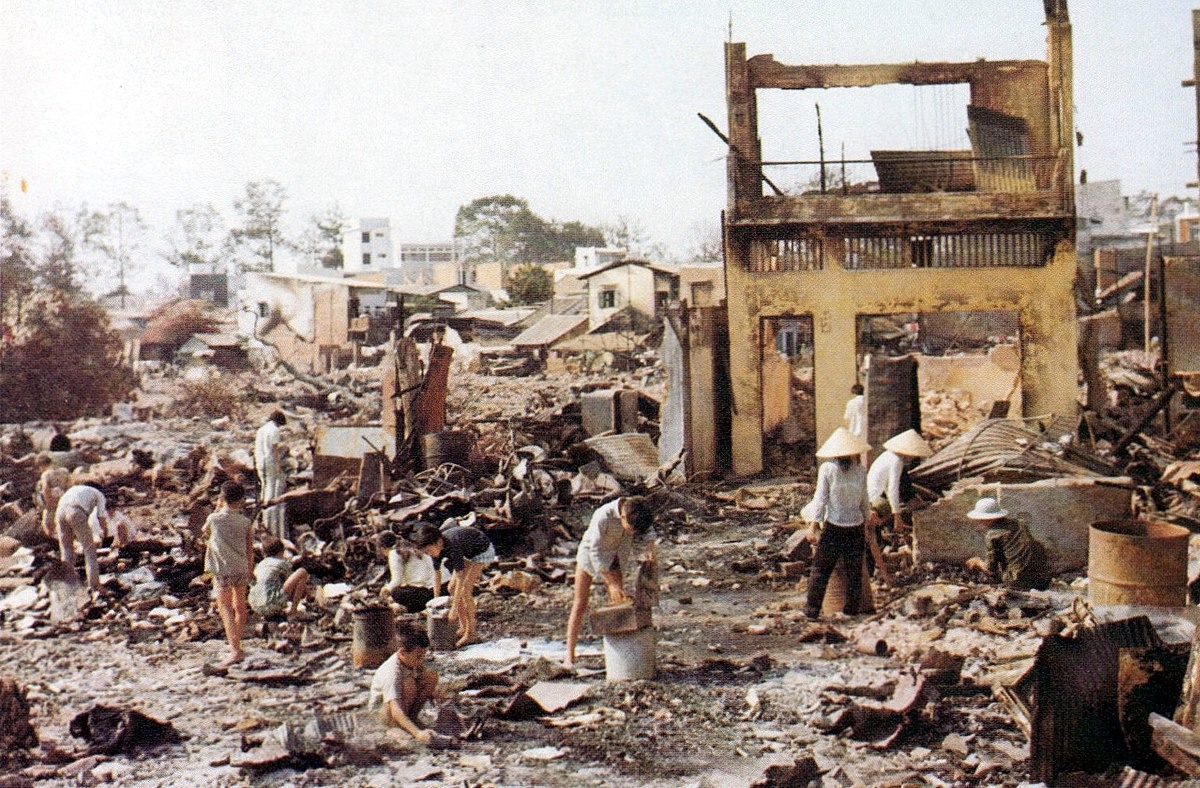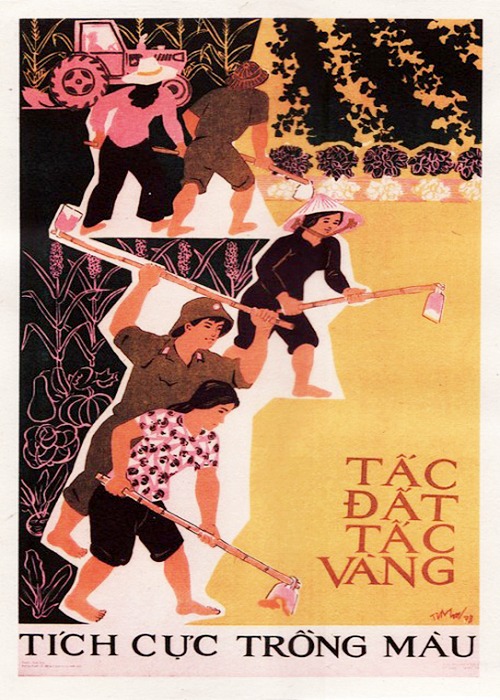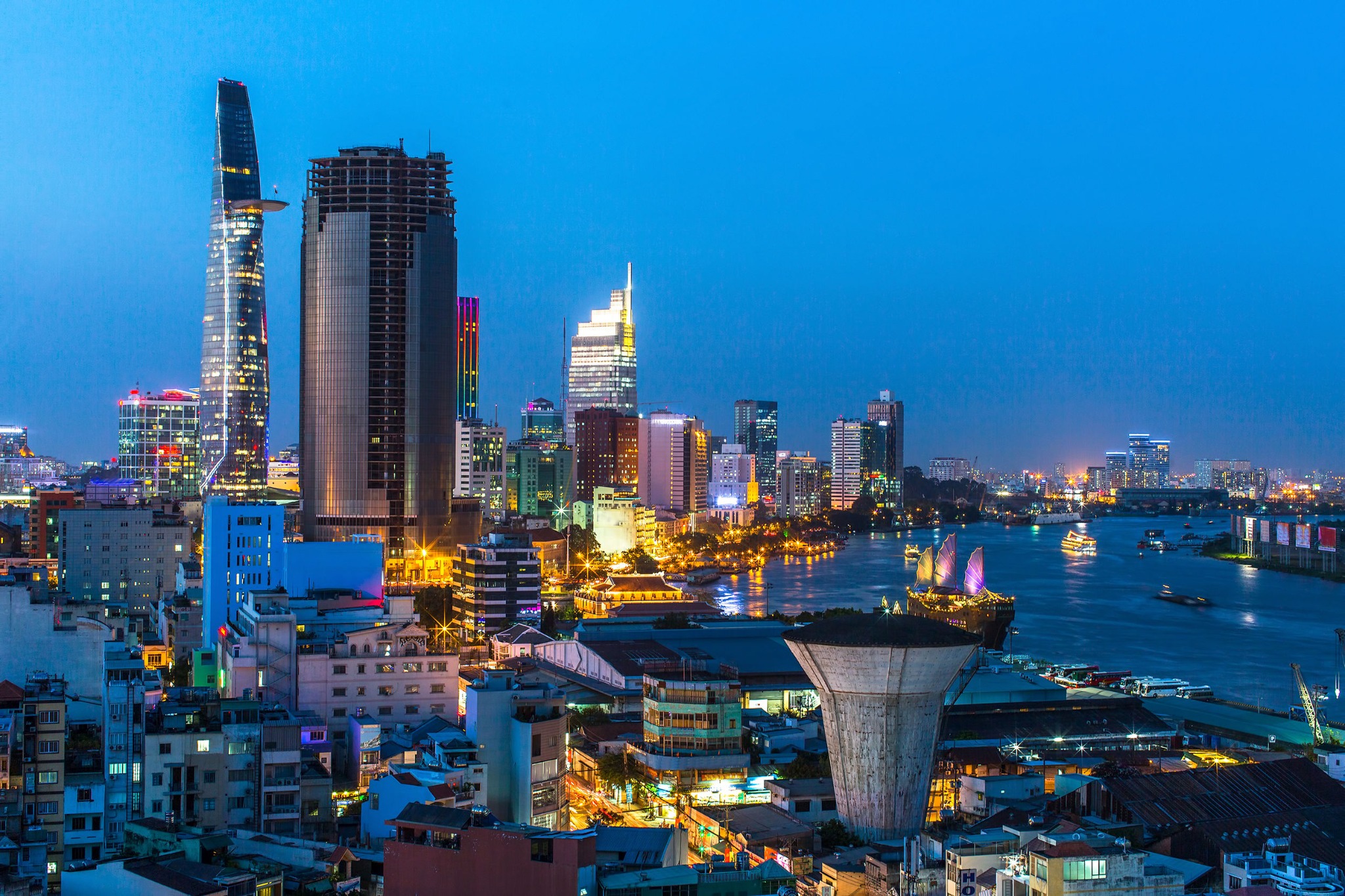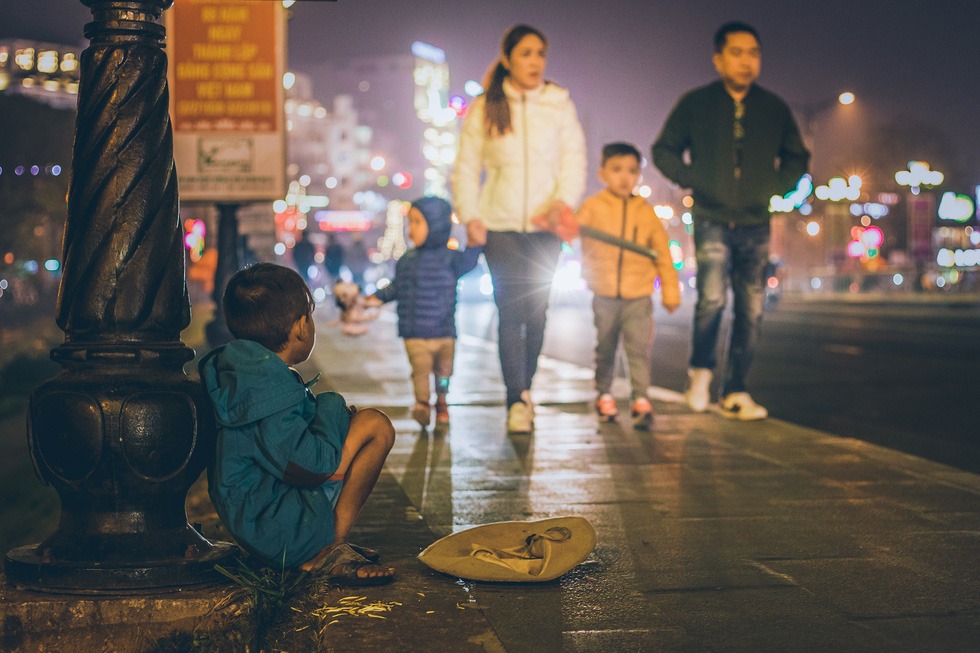
Anguish to Ambition - Vietnam's Fight Against Poverty
Vietnam is a country filled with contradictions with beautiful beaches and a desperate history of war and freedom. Despite being one of the poorest countries in the 1970s, Vietnam has undergone a miraculous, and frankly shocking, recovery. To achieve this, the country had to make some serious changes both socially and economically.
Aftermath of the Vietnam War (1955-1975)
In 1975, Vietnam was in disrepair after the war. With a devastating death toll of over three million people and a landscape wrecked by five million tonnes of artillery, it seemed that the country was doomed to remain in poverty forever.
In an era following, known as Thời bao cấp, the country faced particular hardship where rationing and electrical blackouts were commonplace. During this time, 70% of the population of Vietnam was living in abject poverty with no hope of escape

Đổi Mới
In 1986, the Vietnamese government introduced a new regime known as đổi mới. Translated as 'renovation', the scheme created a “socialist-orientated market economy” to stabilise the country.
During this era, the government increased private ownership of land, abolished collective farming, and established private companies. After years of hardship and struggle, Vietnam is now one of the fastest-growing economies in the world

Success in Vietnam
Vietnam has made one of the most impressive improvements to its socioeconomic status in the last 30 years. With approximately 32.88 million people living in poverty in 1975, Vietnam has reduced this number to only five million in 2021, accounting for only 4% of the current population. This is a massively impressive feat and has introduced Vietnam as a country to watch in the coming years.
In terms of key socio-economic factors, Vietnam is still slowly improving the lives of Vietnamese people. In terms of the Human Development Index (HDI), it is currently ranked 115th out of 190 countries and, with a score of 0.703 in 2021, it is considered to be relatively high. It is now ranked among the top six Southeast Asian countries, along with Singapore and Thailand.
This ranking would not even have been dreamt about 10 years ago, showing the quick improvement of the country. With the most notable changes being made in increased female education and life expectancy, we can expect Vietnam to continue to improve their social status

An Uncertain Future
Although Vietnam has significantly improved their poverty rate in a record-breaking time, they are not out of the woods yet. With an increasing ageing population, record low fertility rates, and looming threats from climate change, Vietnam has already experienced slowed economic progress in the last few years, suggesting that poverty rates may begin to increase once again.
With bustling cities and a booming tourist industry, it is easy to overlook pressures on the most vulnerable in society, but a close eye needs to be kept on Vietnam to ensure that the country doesn’t slowly fall back into poverty.

Post a comment